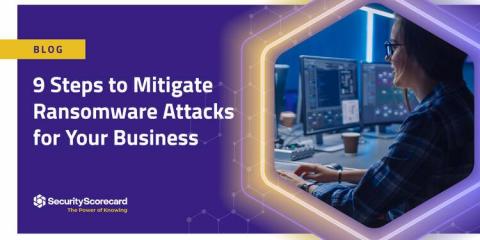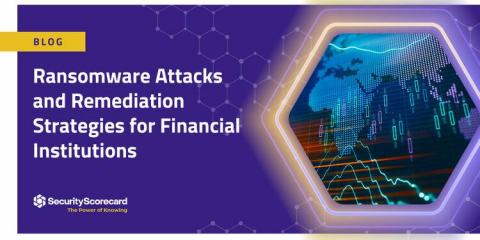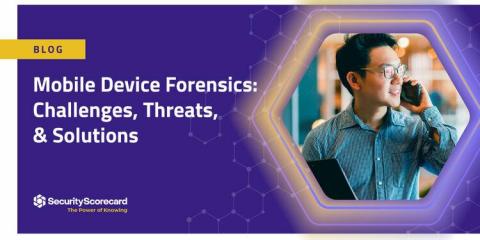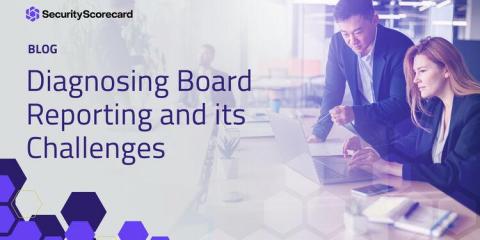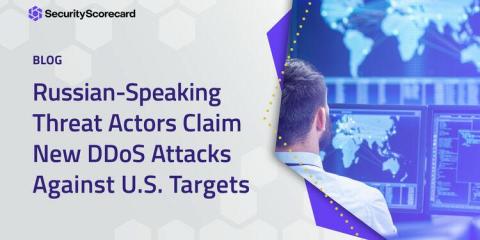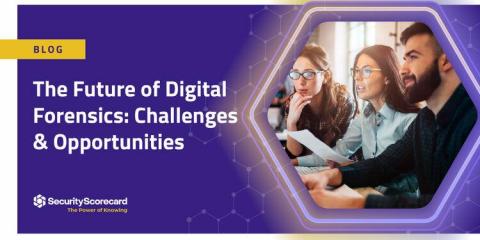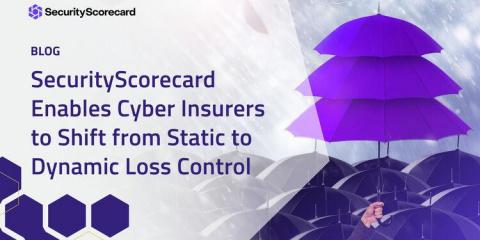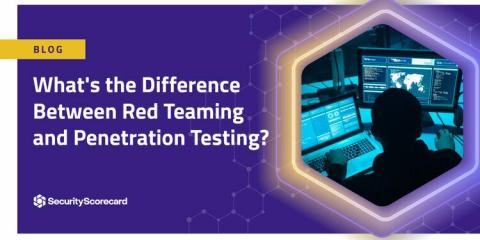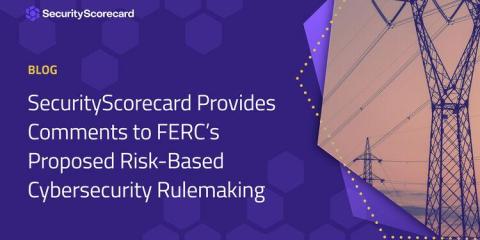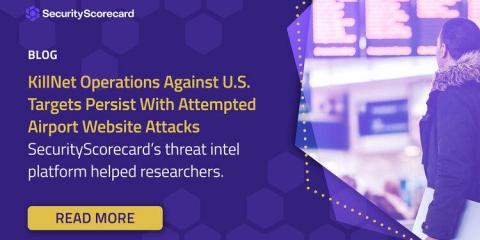9 Steps to Mitigate Ransomware Attacks for Your Business
Ransomware attacks have become so prevalent in recent years that it’s no longer a matter of “if” your business may be the victim of a ransomware attack, but “when.” In fact, in 2021, 37% of global organizations reported that they were the victim of a ransomware attack. To mitigate the impact and probability of ransomware on your business, you must continuously look for new ways to secure your network and maintain continuous cybersecurity monitoring.


